In the enchanting world of aquatic ecosystems, the allure of saltwater tanks is irresistible. Imagine a serene aquatic landscape adorned with vibrant flora gracefully swaying in the currents of saltwater tanks.
Contrary to popular belief, these tanks aren’t just exclusive domains of fish and coral; they can host a diverse array of saltwater plants, adding an extra dimension of beauty and ecological balance. Let’s delve into the intriguing realm of saltwater aquarium plants and unearth the secrets of their growth, benefits, and wonders they bring to these marine environments.
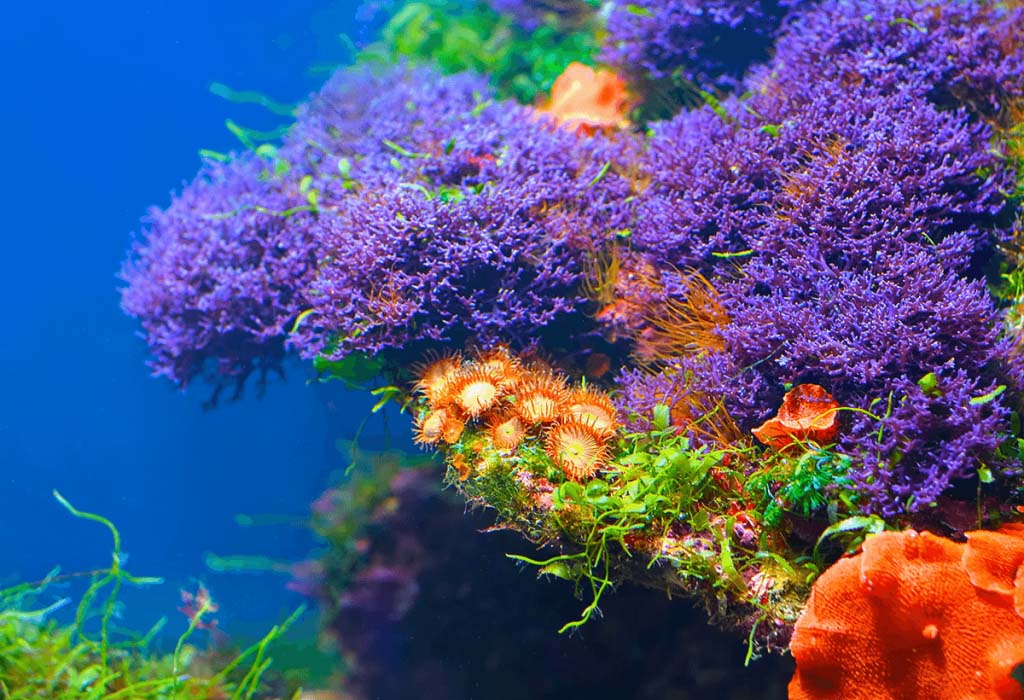
Can Plants Grow in Saltwater Tanks
The notion that plants can’t thrive in saltwater tanks is a common misconception. While it’s true that most terrestrial plants would wilt in such saline conditions, there exists a splendid variety of aquatic plants specifically adapted to flourish in saltwater aquariums. These saltwater aquarium plants have evolved unique adaptations to thrive in saline waters, making them ideal inhabitants for these specialized saltwater tanks.
Saltwater Aquarium Plants
Saltwater aquarium plants come in various shapes, sizes, and characteristics, catering to different tank setups and aquarists’ preferences.
| Halophila | 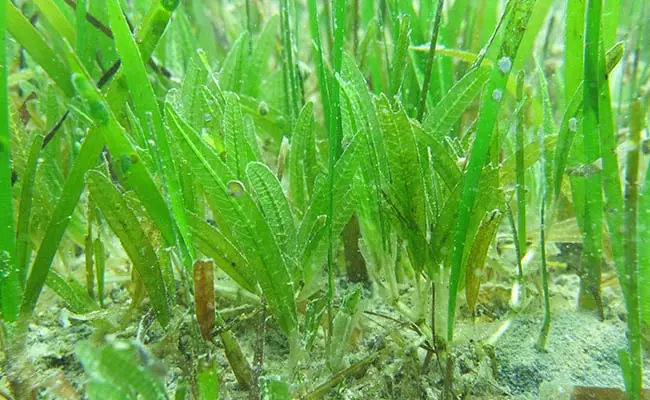 |
| Halophila, commonly known as seagrass, boasts slender, ribbon-like leaves that sway gracefully in the currents of saltwater tanks. Its delicate appearance belies its robust nature, as it forms dense underwater meadows, providing shelter for various marine organisms. | |
| Found in coastal areas around the world, Halophila thrives in subtropical and tropical regions, adorning seafloors with its lush greenery. Halophila flourishes in moderate to high light conditions and requires a sandy substrate for rooting. Stable water temperatures and proper nutrient availability are crucial for its growth. | |
| Turtle Grass (Thalassia) | 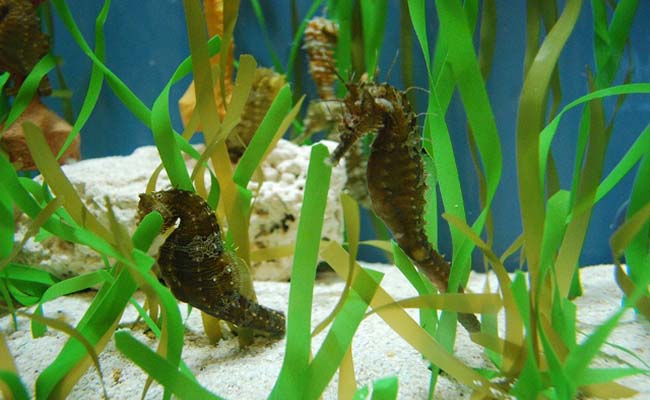 |
| Thalassia, with its broad, paddle-shaped leaves, is a staple in saltwater aquariums. Its dense, interconnected root system stabilizes sediment and provides habitats for small marine creatures. | |
| Commonly found in shallow coastal waters of tropical and subtropical regions worldwide, Thalassia forms extensive meadows along coastlines. Thriving in moderate to highlight, Thalassia prefers a nutrient-rich substrate and stable water conditions. Regular pruning scissors maintain their lush appearance. | |
| Caulerpa | 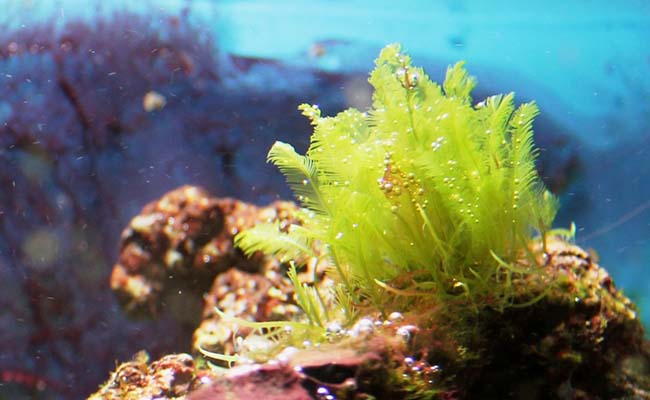 |
| Caulerpa, a macroalgae, showcases a delicate, fern-like structure and vibrant shades of green. Its fast growth rate makes it a popular choice for saltwater aquariums, though some species may become invasive if not properly managed. | |
| Widely distributed across tropical and subtropical seas, Caulerpa thrives in a variety of marine habitats, from rocky reefs to sandy bottoms. It demands moderate to high light levels and benefits from regular trimming to prevent overgrowth. Adequate nutrient levels and stable water parameters are essential for its health. | |
| Red Mangrove (Rhizophora) | 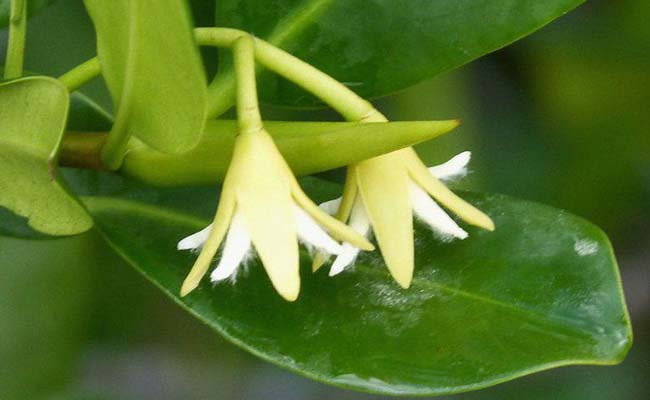 |
| Rhizophora, a true mangrove species, features distinctive prop roots and glossy green leaves. Its unique root system provides shelter for fish and serves as a natural filtration system. Typically found in coastal regions, Red Mangroves flourish in intertidal zones, where their roots can access both salt and freshwater tanks. | |
| Red Mangroves thrive in moderate light conditions and need access to air through their roots. They benefit from a mix of salt and freshwater and require a spacious tank to accommodate their expansive root systems. | |
Saltwater Plants and Ocean Plants
Drawing distinctions between saltwater aquarium plants and their oceanic counterparts unveils intriguing nuances. While both inhabit saline waters, their habitats and adaptations differ.
Similarities
In the saline embrace of oceans and saltwater tanks, both saltwater plants and ocean plants thrive amidst the briny waters. These botanical wonders share a commonality in their adaptation to saline environments. One striking similarity lies in their ability to withstand high salinity levels, a trait crucial for survival in these challenging habitats.
For instance, seagrasses found in coastal oceanic regions, like eelgrass (Zostera) and paddleweed (Halophila), bear a resemblance to their counterparts cultivated in saltwater tanks. These plants showcase similar leaf structures and mechanisms to cope with saltwater conditions, emphasizing their shared adaptation strategies.
Distinct Differences
Despite their shared saline environment, saltwater plants in tanks and ocean plants diverge significantly in their habitats, growth patterns, and adaptations.
Ocean plants, such as towering kelp forests and vast seagrass meadows, endure the dynamic and harsh conditions of open waters, subject to natural fluctuations in temperature, salinity, and currents. In contrast, saltwater aquarium plants are cultivated in controlled environments, allowing for meticulous care and maintenance to replicate ideal conditions.
Take, for instance, the towering kelp, a hallmark of oceanic habitats. Its colossal structure and ability to withstand the powerful surges of ocean currents are characteristics not commonly replicated in saltwater tanks due to space constraints and specific growth requirements.
The differences in growth patterns and environmental demands underscore the distinction between these two botanical realms. While ocean plants endure the raw forces of nature, saltwater aquarium plants thrive in artificial ecosystems, tailored to meet their specific needs.
Examples Illustrating the Contrast
Consider the seagrasses like eelgrass and paddleweed, common in coastal oceans, versus the more compact and cultivated varieties like Turtle Grass (Thalassia) or Halophila in saltwater tanks. The former spans vast expanses in open waters, while the latter, although visually similar, thrives within the confined spaces of aquariums.
Similarly, the magnificent kelp forests, towering towards the ocean’s surface, contrast sharply with the carefully manicured Caulerpa or Halimeda found in controlled saltwater tanks. The vastness and natural growth of oceanic plants set them apart from their aquarium counterparts, which are curated for beauty and functionality within confined spaces.
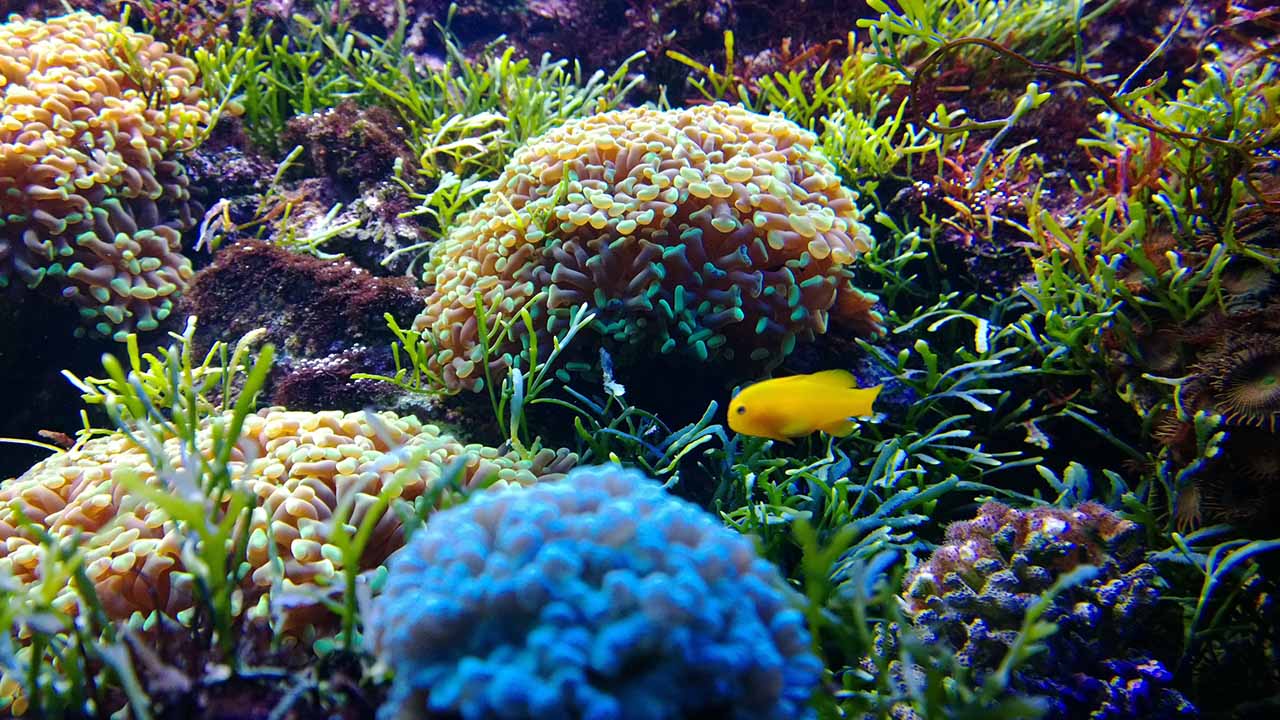
Is it Beneficial to Put Live Plants in a Saltwater Tank?
The inclusion of live plants in saltwater tanks is more than just an aesthetic choice; it’s a boon for the entire ecosystem within the aquarium. These plants actively participate in maintaining water quality by absorbing nitrates and other harmful compounds, thereby reducing algae growth and improving overall water clarity. Moreover, their photosynthetic activities oxygenate the water, creating a healthier environment for aquatic inhabitants.
Beyond their ecological benefits, saltwater aquarium plants provide shelter and hiding spots for smaller fish and invertebrates, simulating a natural habitat and reducing stress among tank inhabitants. Their presence also encourages natural behaviors in fish, fostering a balanced and harmonious ecosystem within the confines of the aquarium.
Closing Thoughts
The flourishing world of saltwater aquarium plants presents an awe-inspiring harmony between nature and cultivated beauty. Their presence not only embellishes these aquatic landscapes but also plays a pivotal role in fostering a thriving and balanced ecosystem. From the delicate Halophila to the intricate Caulerpa, these plants redefine the boundaries of marine aesthetics while contributing significantly to the well-being of saltwater tank inhabitants.

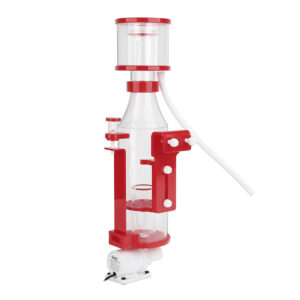
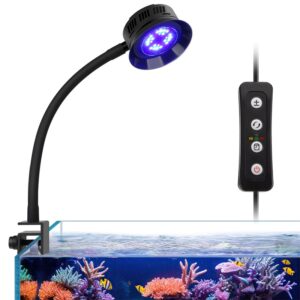
Leave a comment